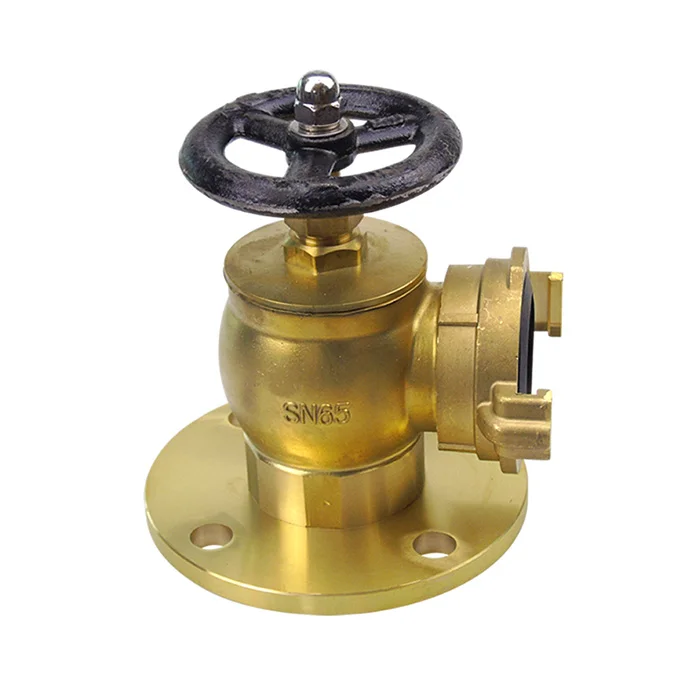Fire hydrant valves play a crucial role in ensuring the safety of buildings and communities by providing a reliable water supply for firefighting purposes. Among the various types available, brass Russian type fire hydrant valves have gained popularity due to their durability, corrosion resistance, and efficient water flow control. In this blog post, Jingqi will delve into the manufacturing process of these valves, exploring the steps involved and the quality control measures implemented to ensure their reliability and effectiveness.
1. Design and Material Selection:
The manufacturing process of brass Russian type fire hydrant valves begins with the design phase. Engineers and designers work together to create a valve that meets industry standards and customer requirements. Factors such as water pressure, flow rate, and compatibility with existing fire suppression systems are taken into consideration.
Once the design is finalized, the appropriate materials are selected. Brass, known for its excellent corrosion resistance and mechanical properties, is the primary material used in the production of these valves. The brass alloy composition is carefully chosen to ensure optimal strength and durability.
2. Casting and Molding:
The next step in the manufacturing process is casting and molding. The brass alloy is melted in a furnace and poured into molds, which are designed to give the valve its desired shape and features. The molds are made from high-quality materials to ensure accurate and consistent results.
After the molten brass cools and solidifies, the molds are removed, leaving behind the rough shape of the valve. This rough casting then undergoes further machining processes to achieve the desired dimensions and smooth finish.
3. Machining and Finishing:
Machining is a critical step in the manufacturing process, where the rough casting is transformed into a fully functional valve. Computer Numerical Control (CNC) machines are used to precisely cut, drill, and shape the brass material according to the valve's design specifications.
During this stage, various components of the valve, such as the body, bonnet, stem, and operating mechanism, are machined separately. These components are then carefully assembled, ensuring proper fit and alignment. The valve is also subjected to rigorous testing to ensure smooth operation and leak-free performance.

4. Surface Treatment and Coating:
To enhance the durability and aesthetics of the brass Russian type fire hydrant valves, surface treatment and coating processes are employed. The valves are thoroughly cleaned and polished to remove any impurities or imperfections. They are then treated with protective coatings, such as electroplating or powder coating, to prevent corrosion and enhance their resistance to harsh environmental conditions.
5. Quality Control and Testing:
Quality control is an integral part of the manufacturing process to ensure that the brass Russian type fire hydrant valves meet the highest standards of performance and reliability. Throughout each stage of production, rigorous inspections and tests are conducted to identify any defects or deviations from the desired specifications.
These quality control measures include pressure testing, flow rate testing, dimensional checks, and material analysis. Only valves that pass these tests are deemed fit for distribution and installation.
Conclusion:
The manufacturing process of brass Russian type fire hydrant valves involves a series of carefully planned and executed steps, from design and material selection to casting, machining, and finishing. Through stringent quality control measures, these valves are manufactured to meet industry standards and provide reliable water supply for firefighting purposes.
By understanding the intricacies of the manufacturing process, customers and industry professionals can gain a deeper appreciation for the craftsmanship and engineering behind these essential safety devices.
https://www.harry-fire.com/Manufacturing-process-of-brass-russian-type-fire-hydrant-valve.html
Jingqi
jingqi888@aliyun.com

